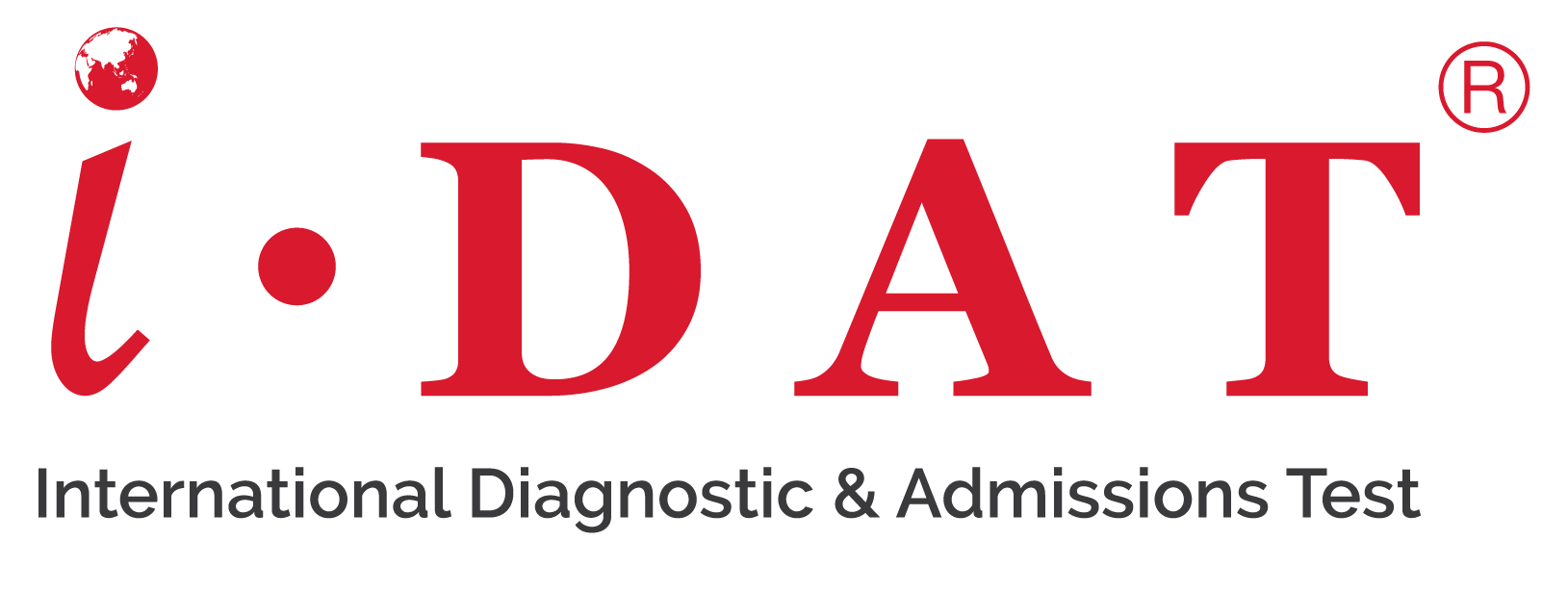CRITICAL THINKING – Multiple Choice Section
The multiple-choice Critical Thinking questions can be separated into five groups of question types: assumption, inference, interpretation, deduction and evaluation of arguments. They are based on the Watson Glaser Critical Thinking appraisals. The test uses the same questions for Stages 3-6. Please note, there is a certain level of language required for the test results to be accurate; for any student who scores less than 70% on their reading skills, it is assumed that this test will not be a true reflection of their critical thinking abilities.
Please read below for advice and guidance on how to answer the different question types.
ASSUMPTION
An assumption is something that is accepted as true or certain to happen, sometimes without proof.
For this question type, assumption problems first present a STATEMENT and then an ASSUMPTION. You need to determine whether you have enough information in the statement for the assumption to be logical. If you think there is enough information, you should answer YES, but if you think the assumption is not logical based on the information you have, you should answer NO.
For example:
Statement: Students who study in private schools, that is, those schools which require parents to pay for tuition using their own money, differ from public schools in several ways. An example of this is that students in private schools are required to wear uniforms while students in public schools are not.
Using the information in the statement, is this assumption logical, yes or no?
Assumption: Parents of students in private schools have to pay for their child’s education using their own financial resources.
——
Answer: Yes, this is logical because the statement says that private schools are those that require parents to pay for tuition using their own money. The statement is assuming that this is one aspect which differentiates private from public schools.
Statement: Students who study in private schools, that is, those schools which require parents to pay for tuition using their own money, differ from public schools in several ways. An example of this is that students in private schools are required to wear uniforms while students in public schools are not.
Using the information in the statement, is this assumption logical, yes or no?
Assumption: There are only two types of schools: private and public.
——
Answer: 否, the statement talks about two different types of schools, but it does not suggest that these are the only two types of schools that exist.
INFERENCE
Inference is a conclusion that can be reached using evidence and logical reasoning. This means it ‘must be true,’ based on the information you have.
For this type of question, you are first given a brief statement, which you need to read very carefully so that you understand everything clearly. Then, you will need to choose from the sentences provided which one MUST BE TRUE based on the information in the statement.
For example:
Statement: Jim’s Burger restaurant says that it is a safe place to bring your children to eat. When a family calls to make a reservation and says that they have children, the staff will set up a special area with a small fence around the table for the children to play. This prevents children from running around the restaurant, where they can hurt themselves. However, it can also mean that other customers have to wait longer for their food as staff must move around all the little fences.
Which of the following MUST BE TRUE based on the information above?
A. Families with children are generally very patient to wait longer for food, so staff can walk around little fences.
B. Jim’s Burger will not set up fences for any family who does not make a reservation.
C. Putting up little fences in the restaurant is the best way to keep children safe.
D. The staff at Jim’s Burger restaurant sometimes have to walk around the restaurant to serve the people.
——
Answer: D
The other statements may be true, but you cannot be absolutely certain that they are true according to the information in the statement. Only Statement D must be true based on the information given.
INTERPRETATION
Interpretation is used as a way of explaining the meaning of something.
This question is similar to the inference question type, but instead of deciding whether an information statement ‘must be true,’ you need to read the information and decide whether the conclusion statements given ‘follow’ or ‘do not follow.’ In other words, you must use and interpret all the information given to decide whether a logical conclusion can be made. To do this, you cannot use your own thoughts, ideas, or studies; you can only use the information.
The question will ask you whether the conclusion FOLLOWS, in which case you can interpret that conclusion to be true based on the information. Or, it will ask whether the conclusion DOES NOT FOLLOW, whereby you cannot interpret that conclusion to be true based on the information in the statement.
For example:
Statement:
The Mickey Monkey Kids’ Club has the largest collection of children’s picture books in the United Kingdom. Therefore:
Conclusion 1: There might be larger collections of books in the United Kingdom.
Conclusion 2: There might be a larger collection of children’s picture books in the United Kingdom.
Conclusion 3: The Mickey Monkey Kids’ Club is in the United Kingdom.
Multiple-choice question:
A. Conclusions 1 and 3 follow, but Conclusion 2 does not follow.
B. Conclusions 2 and 3 follow, but Conclusion 1 does not follow.
C. Conclusions 1 and 3 do not follow, but Conclusion 2 follows.
D. Conclusions 1 and 2 do not follow, but Conclusion 3 follows.
——
Answer: A
Conclusion 1 FOLLOWS, that is, it can be interpreted as true because the statement explicitly states the Mickey Monkey Kids’ Club has the largest collection of children’s picture books, but this does not mean the largest collection of all books in the United Kingdom.
Conclusion 2 DOES NOT FOLLOW, that is, it cannot be interpreted as true because the statement specifically states that the Mickey Monkey Kids’ Club has the largest collection of children’s picture books in the United Kingdom; it is not possible for a larger collection of this type to exist elsewhere in the United Kingdom.
Conclusion 3 FOLLOWS, that is, it can be interpreted as true because the statement explicitly states the Mickey Monkey Kids’ Club is in the United Kingdom.
DEDUCTION
Interpretation is used as a way of explaining the meaning of something.
A deduction is a process where a decision or conclusion is reached based on all the known facts.
This question is similar to the interpretation type of question, but here, you must consider all the information presented as facts and then bring them together to make a logical deduction or conclusion that FOLLOWS or DOES NOT FOLLOW the information in the statement.
For example:
Statement: Sarah started to play the piano. New piano players are more likely to forget to practise than players who have played for a long time.
Therefore, which conclusion does not follow?
A. Sarah will forget to practise the piano.
B. Sarah is more likely to forget to practise the piano than someone who has played for a long time.
C. Players who have played the piano for a long time are more likely to practise than new players.
——
Answer: A
The other statements follow the information given about who is more or less likely to practise playing the piano. However, the first statement says that Sarah will forget to practise, and that cannot be deduced or taken as a fact with the information that is available.
EVALUATION OF ARGUMENTS
For these question types, you must read an argument essay-style question and then decide which of the three arguments presented are the most valid and believable.
For example:
Argument: Should all students in high schools across the city be required to wear a school uniform?
Which of the following is the strongest argument in relation to the question above?
A. Argument 1: No! Uniforms are itchy and too expensive!
B. Argument 2: Yes, school uniforms have been shown to reduce peer pressure and bullying by 16% in other cities. Students come from a wide range of economic backgrounds and cannot be judged on their appearance when they wear school uniforms.
C. Argument 3: Yes, I like to get up in the morning and not think about what I am going to wear that day. I like to just throw on any old thing and leave the house without worrying about my clothes.
——
Answer: B
The strongest argument is the one that is not personal or stated as a personal opinion. You should look for facts, statistics and the use of the third person to evaluate the validity of arguments.

